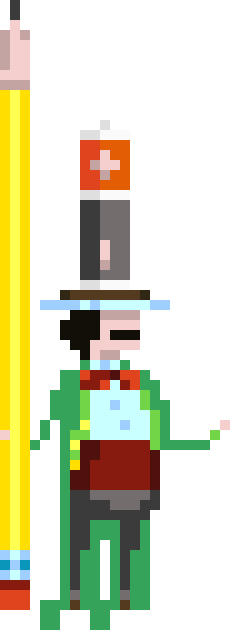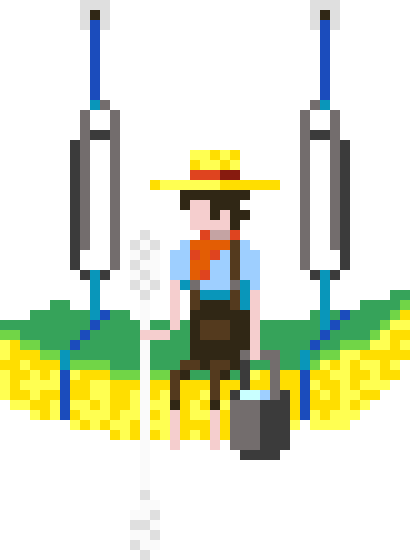



Popcorn texture, also called ‘Cottage Cheese’ and ‘Acoustic’, is the bane of modern aesthetics. It is the disco-era relic that continues to haunt houses across the globe. Once thought to be a clever idea to hide imperfections, it now lingers as an unwelcome reminder of design decisions past. Its rough, bumpy texture not only collects dust like beanie babies, but also makes your walls feel like a low-budget movie theater floor. If you enjoy the sensation of scraping your knuckles every time you walk by a wall or adore the look of a ceiling that resembles cottage cheese, then by all means, popcorn away. For the rest of us who value our sanity and the resale value of our homes, popcorn texture is a hard pass. Notably, perlite texture is very similar to popcorn but technically different. We didn’t feel that they merit separate entries.
Popcorn texture had its heyday from the 1950s to the 1980s. While most people today look down on popcorn ceilings, this wasn't always the case. It was once seen as trendy and modern. Like knockdowns, it hid imperfections in the ceiling and wall, but it was even cheaper to install. It also helped with sound absorption. Spray and go away. Because tt was cheap to install, and hid imperfections, it was used in many new builds as a ceiling texture (and even on walls sometimes).
The original mixture for popcorn isn't something you wanted to mix at home (or anywhere). It consisted of particles made from asbestos. Now vermiculite is used in its place. The wall was primed and painted white before application. Then it was sprayed with the texture.
Did the association with asbestos change people's feelings toward popcorn? Well yeah, but either way it's an inconvenient texture. Even on ceilings, you can end up creating a mess if any repairs need to be down on the drywall or the ceiling is scraped accidentally for some reason. On a wall, their terrible. Kind of like those benches cities make to prevent homeless people sleeping on them.
Putting popcorn on a wall is kind of like that time my friend in high school coated his ford bronco with rhino liner (inside and out).





Popcorn is a spray texture, which means it's fairly straightforward to apply. Start with at least a Level 3 drywall finish. Then you'll need to buy the popcorn texture, add water (follow the instructions of the specific product you buy), fill up your spray gun, and go to town.
This texture will not cover the whole surface, so the drywall needs to be a smooth surface. Make sure that your wall is at least up to a Level 3 drywall finish. This means that flat joints and interior angles have been taped and have one coat of joint compound smoothed over them. Accessories and fasteners need at least two separate smooth coats.
Note: If you plan on applying the texture thinly, you will need a Level 4 drywall finish.
Instead of starting with "all purpose" joint compound, the popcorn ceiling spray mixture will make the base of the mix. Follow the directions for the product and mix it in a 5 gallon bucket with the prescribed amount of water. Stir by hand with a mixing paddle or with an electric drill with a mixing attachment. Keep adding water and mixing until the consistency of the mud is like cottage cheese or per instructions.
Pour the mud slowly into the hopper. You will want to test it out on a piece of cardboard first. Different nozzles, air pressure, and trigger pulls will create different textures. You can adjust these three variables to produce the texture you prefer. A smaller nozzle, more air pressure, and a lighter trigger pull will produce a thinner texture. For popcorn texture, you will have better luck with a bigger nozzle.
Always keep the gun in motion to prevent excess build up on one area of the wall. Try to keep the application even as possible. Use a trowel to get to edges and corners if needed.
Wait for it to dry (probably 15 minutes), and add another coat if you wish.


